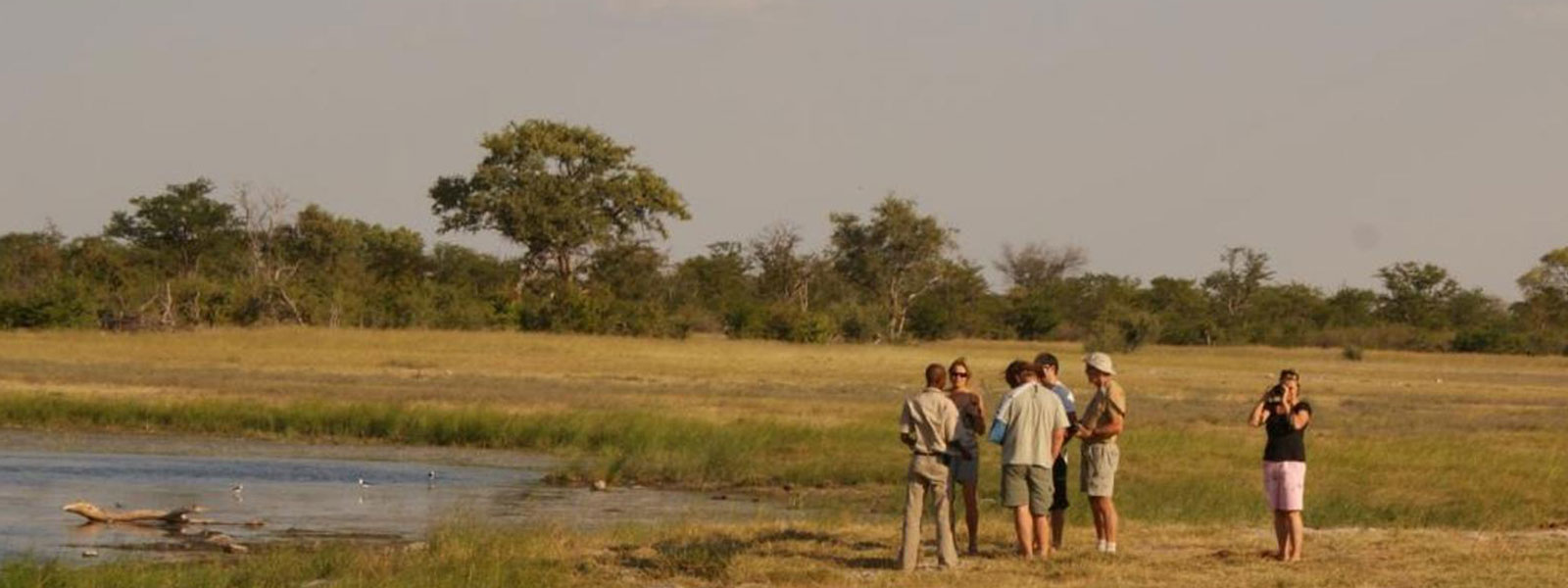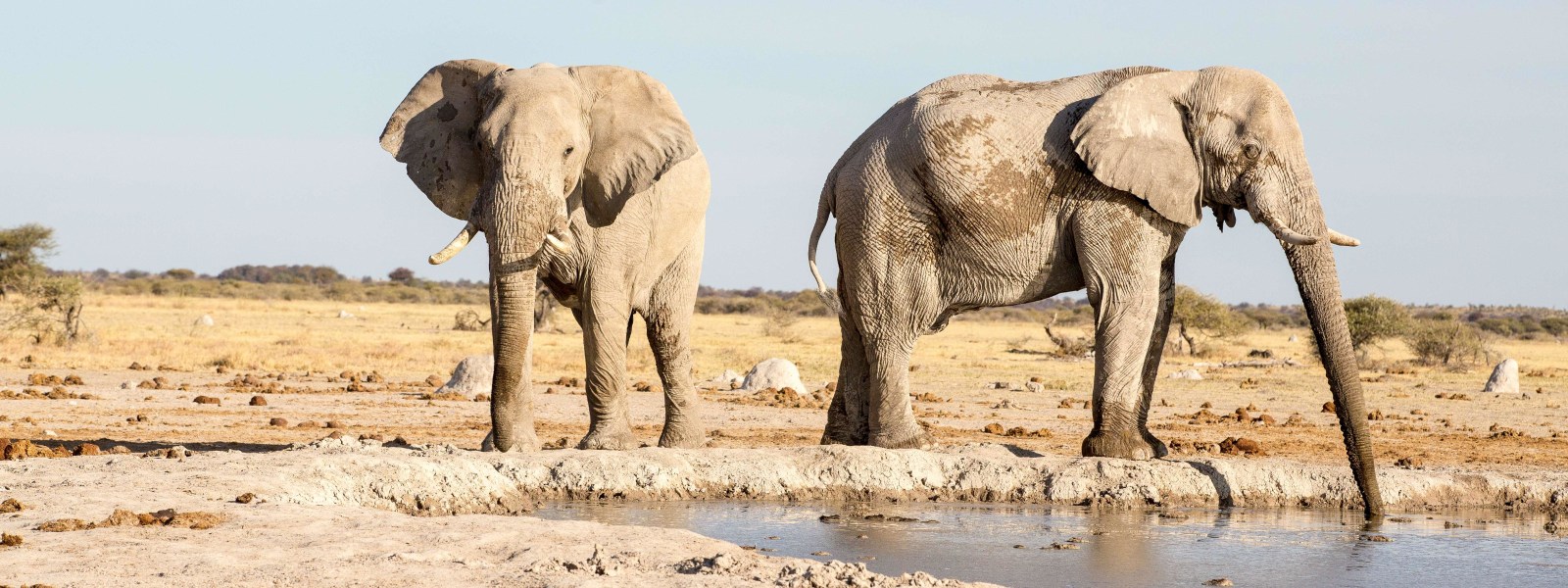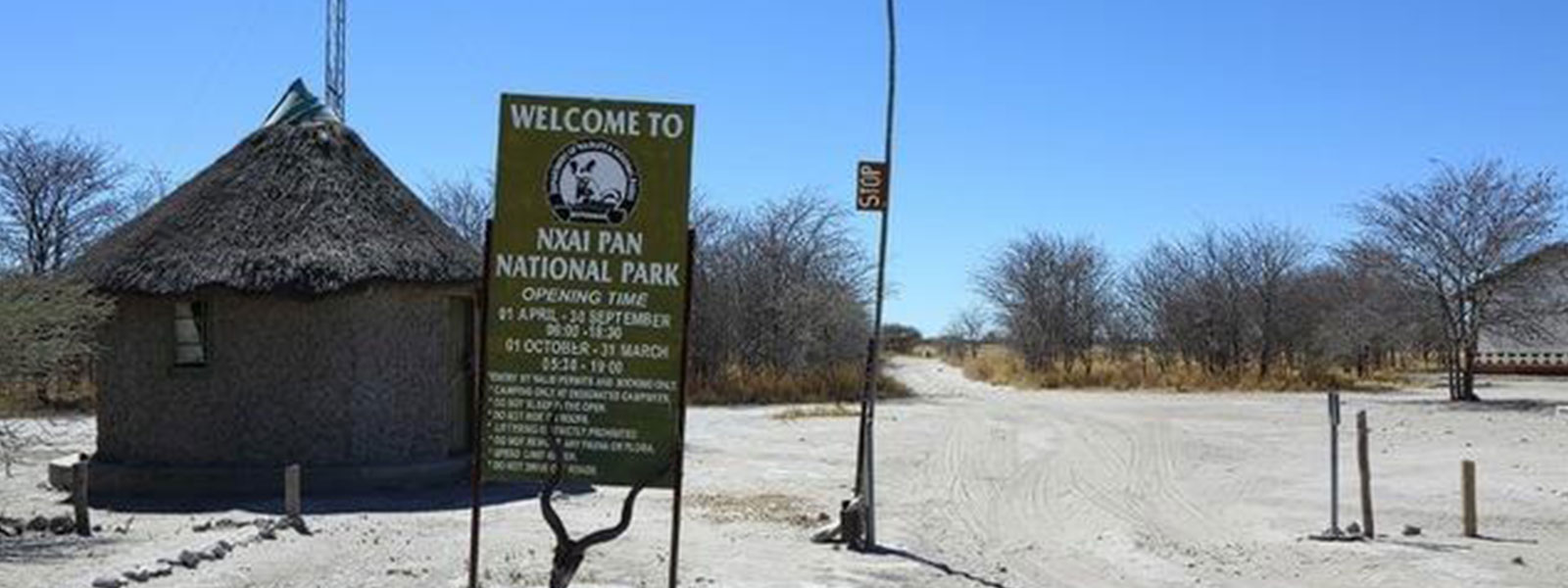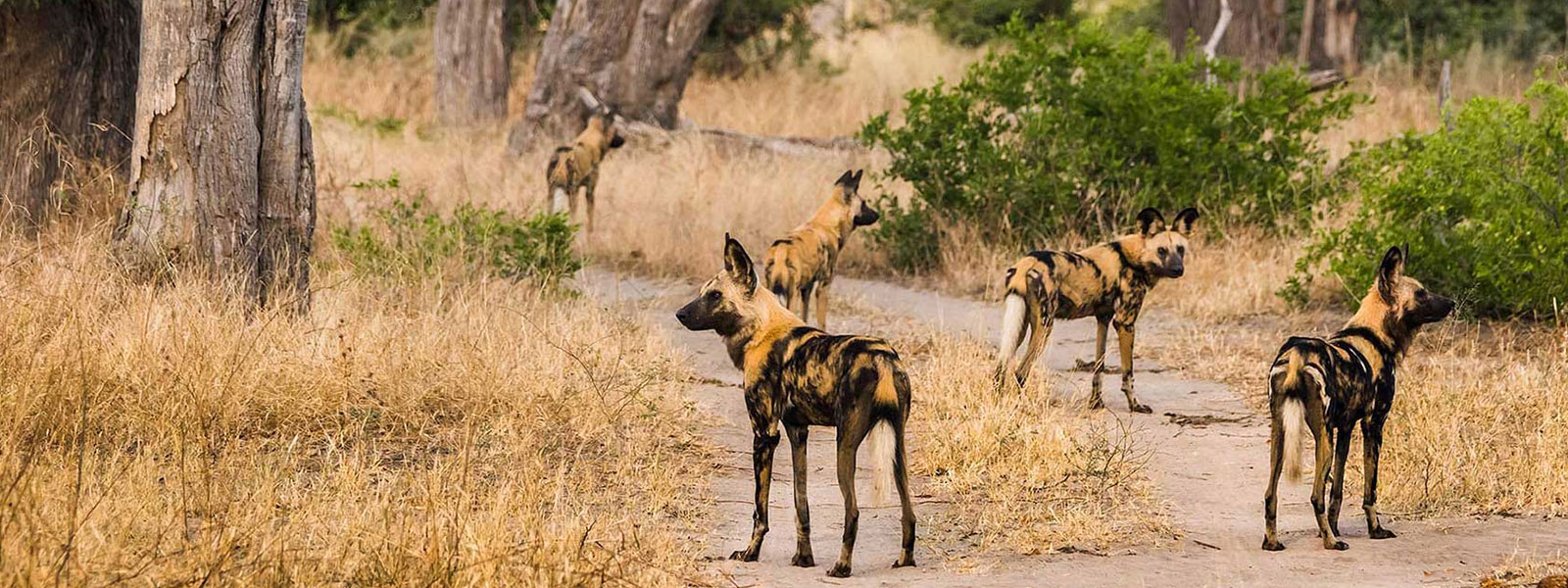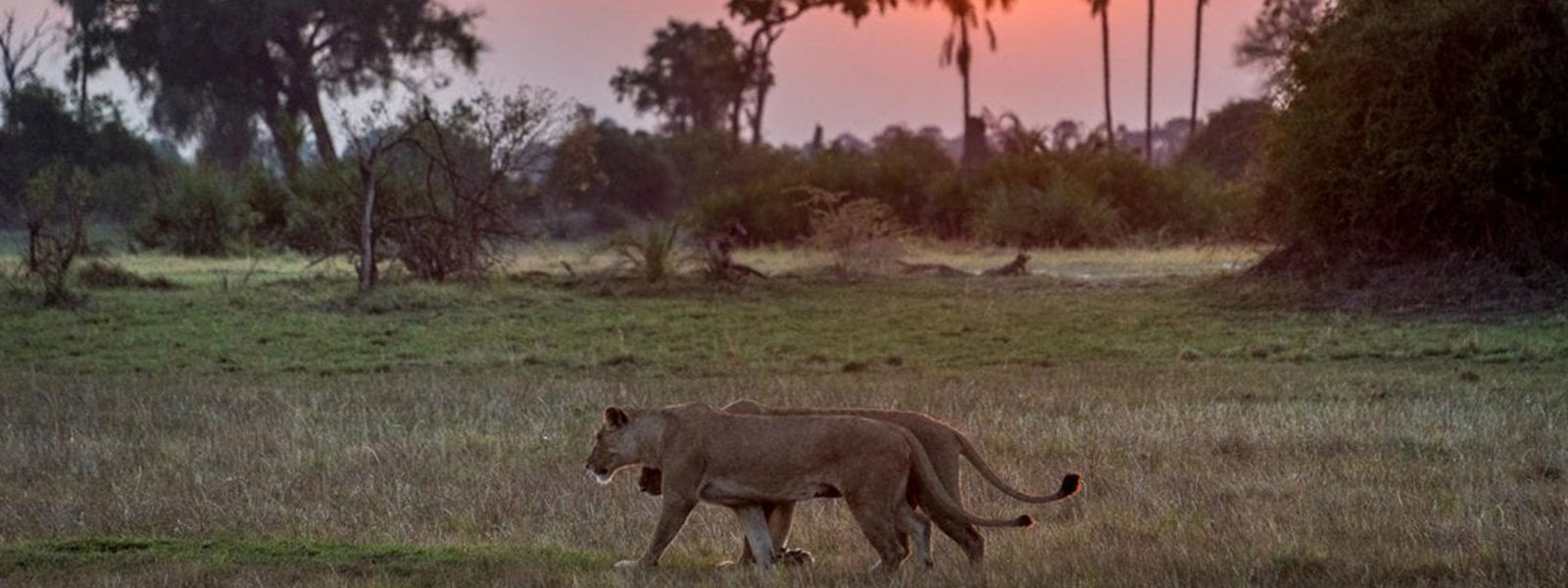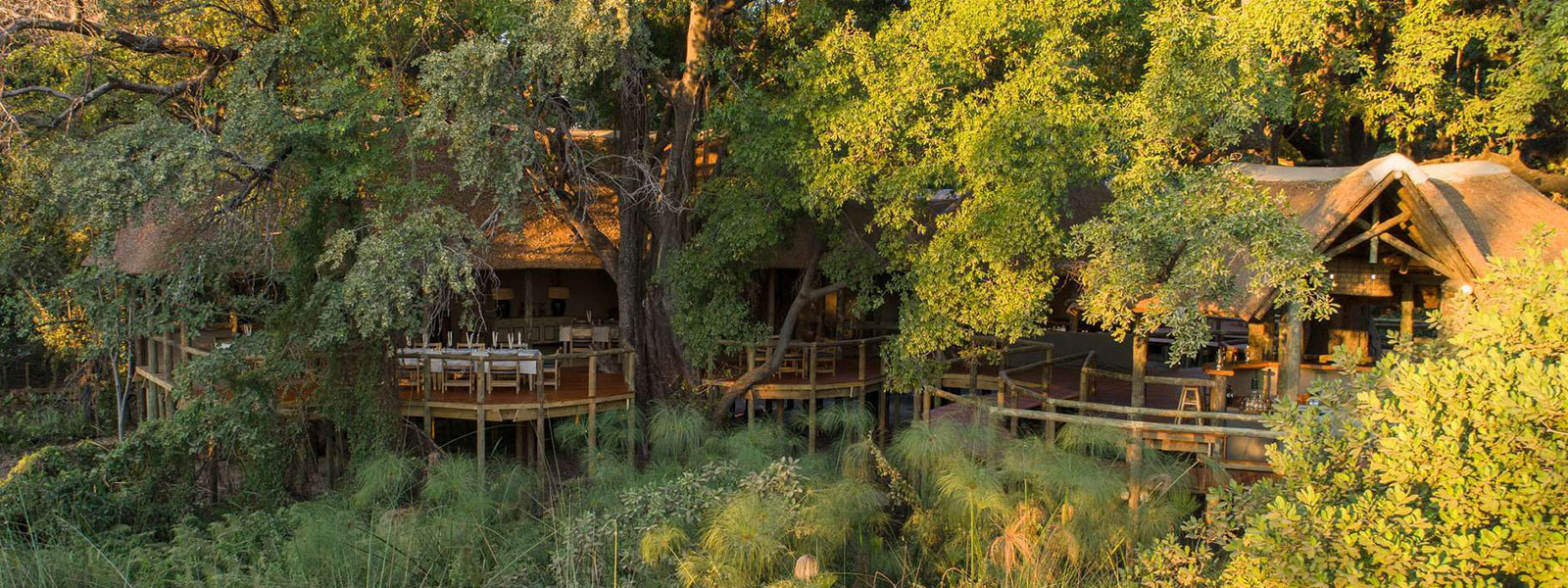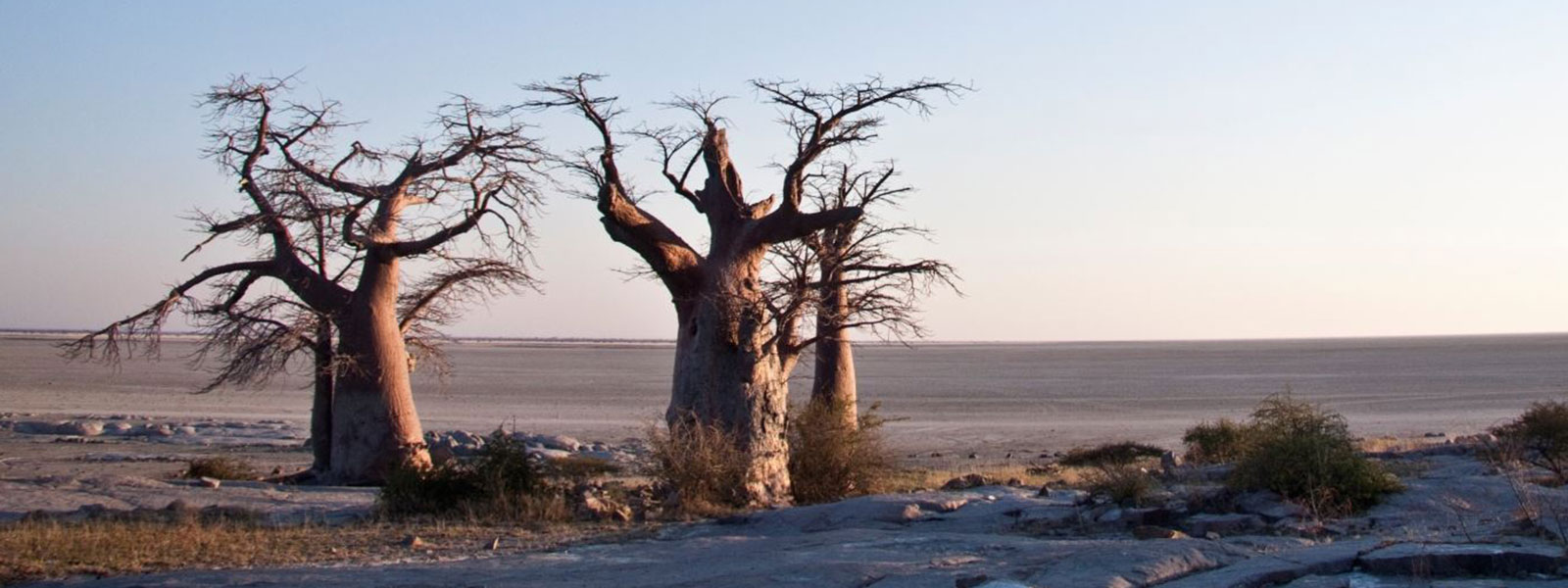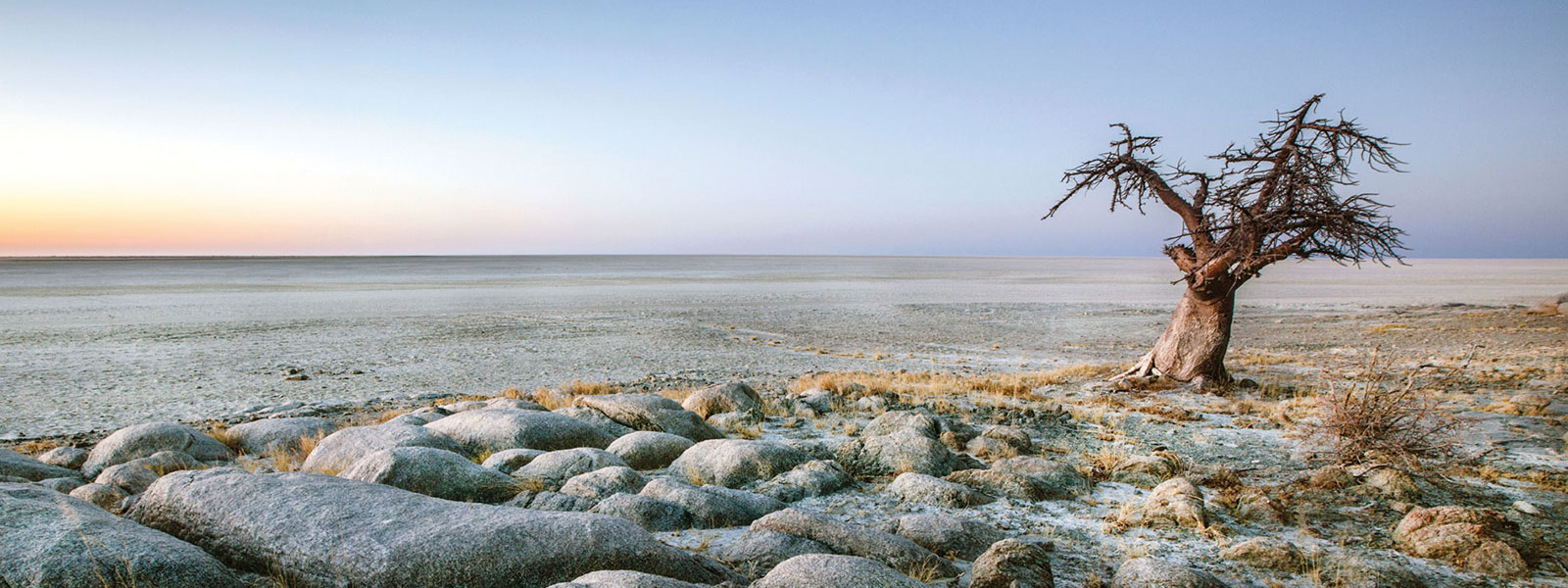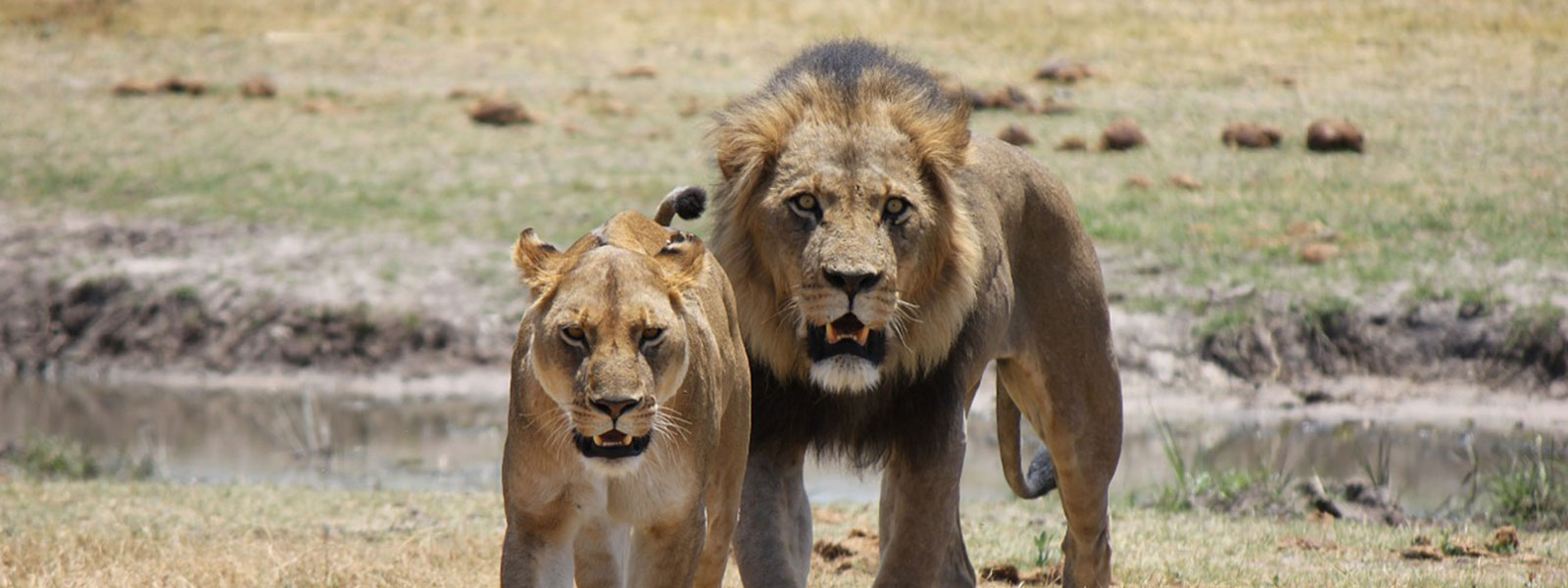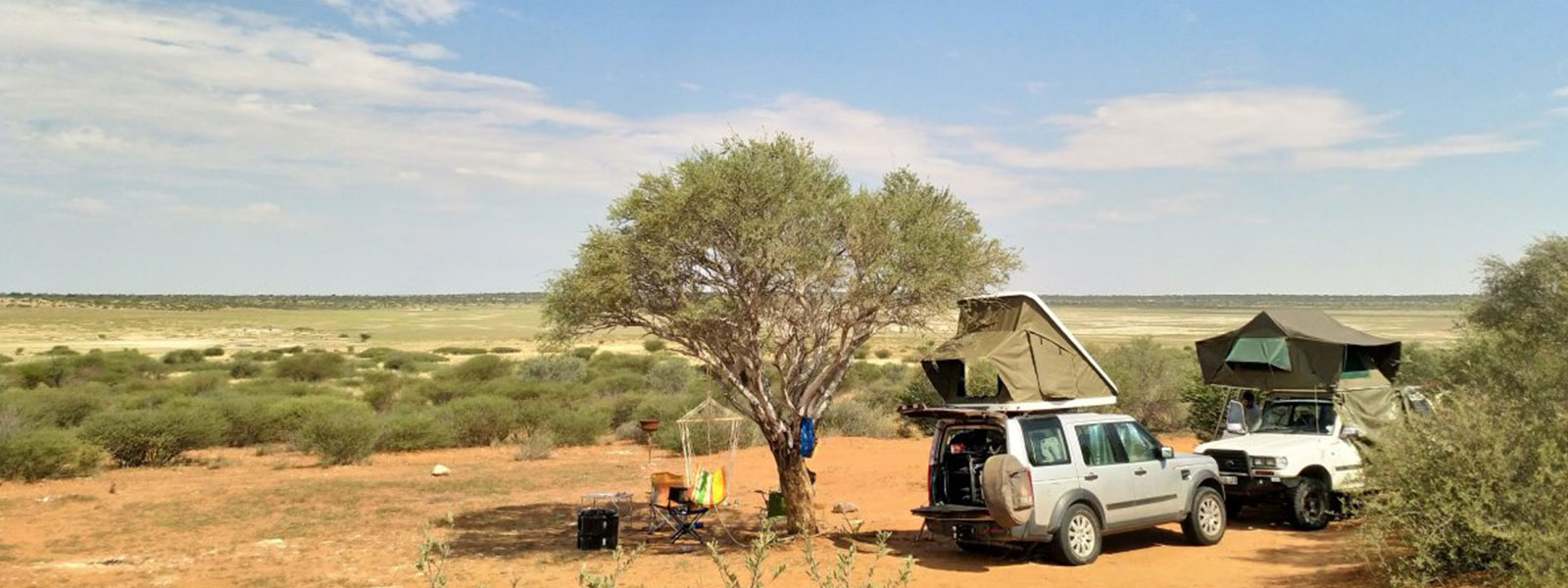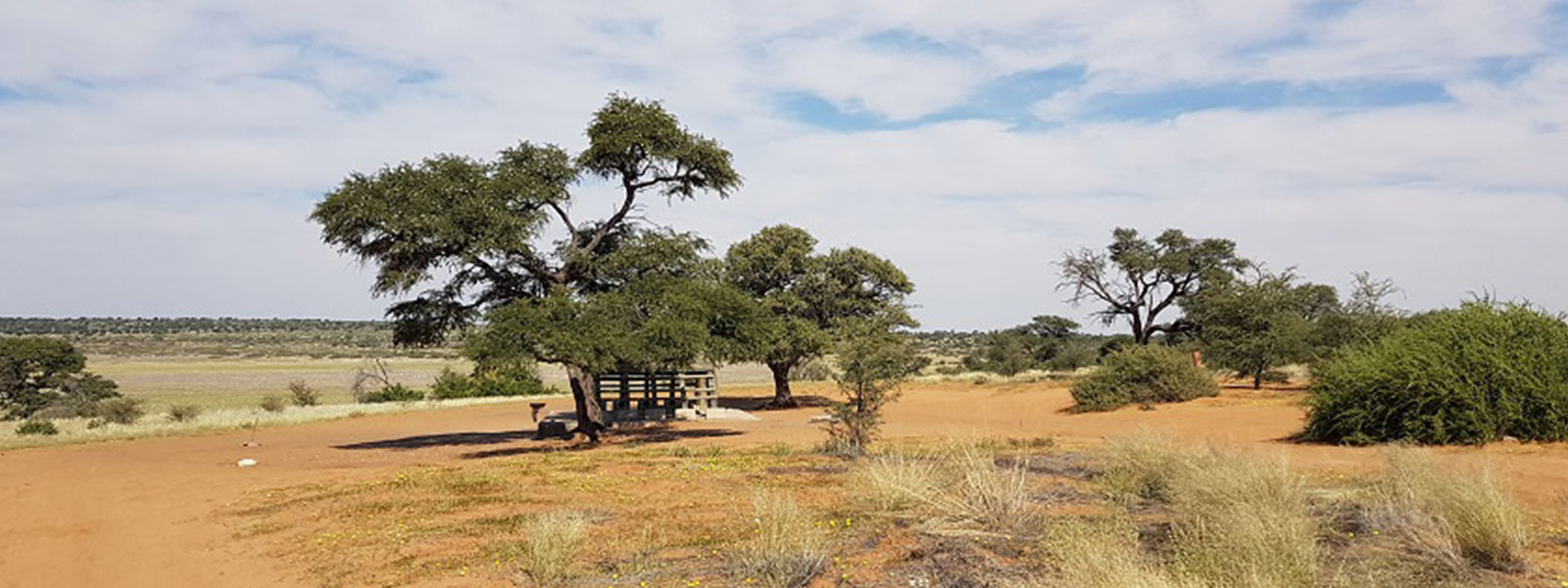Our reward is converting your dream of experiencing Africa into lasting memories.
Efficiency
Our skilled team ensure that your dealings with adventure Holidays are handled professionally.
Safety and Adventure
We design our vehicles with both your comfort and safety in mind. We do everything possible to ensure our tours are safe and consistent, but we’ve never forgotten that every trip must contain one major ingredient, Excitement!
Reliability and Dependability
We take pride in being able to provide our visitors, a purposeful travel plan that creates an understanding of culture and natural history while safeguarding the integrity of the ecosystem and producing economic benefits that encourage conservation, hence sustainable tourism.
Our Story
It is a long established fact that a reader will be distracted by the readable content of a page when looking at its layout. The point of using Lorem Ipsum is that it has a more-or-less normal distribution of letters, as opposed to using ‘Content here, content here’, making it look like readable English. Many desktop publishing packages and web page editors now use Lorem Ipsum as their default model text, and a search for ‘lorem ipsum’ will uncover many web sites still in their infancy. Various versions have evolved over the years, sometimes by accident, sometimes on purpose (injected humour and the like).
Touring With Us?
Why do we use it?
It is a long established fact that a reader will be distracted by the readable content of a page when looking at its layout. The point of using Lorem Ipsum is that it has a more-or-less normal distribution of letters, as opposed to using ‘Content here, content here’, making it look like readable English. Many desktop publishing packages and web page editors now use Lorem Ipsum as their default model text, and a search for ‘lorem ipsum’ will uncover many web sites still in their infancy. Various versions have evolved over the years, sometimes by accident, sometimes on purpose (injected humour and the like).

